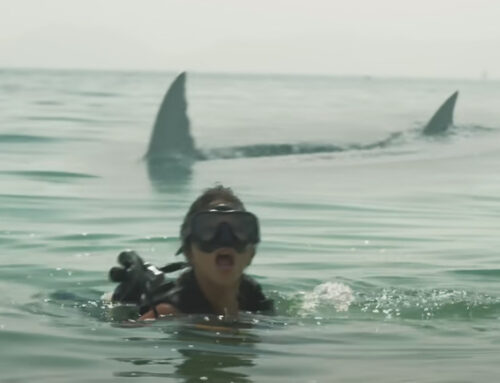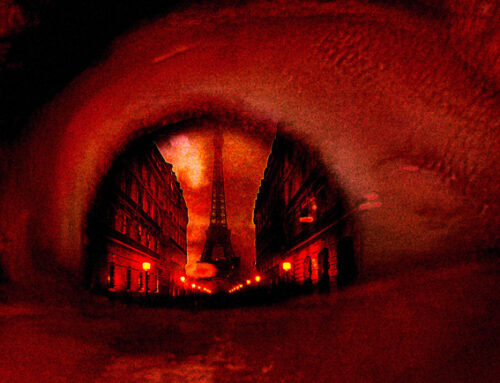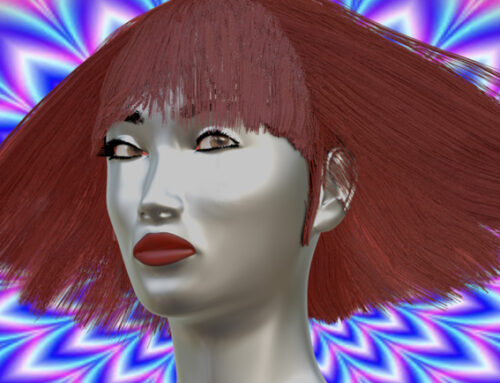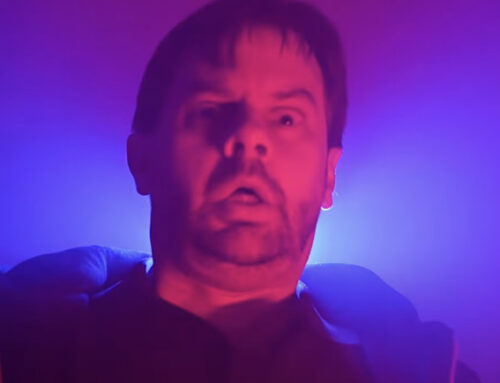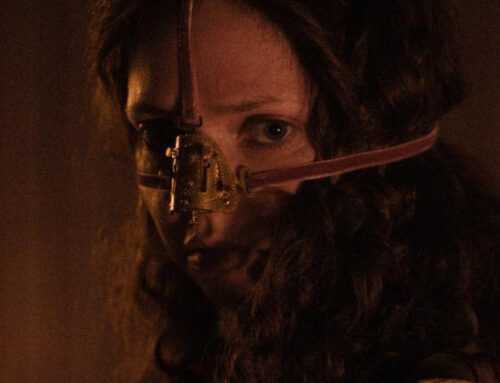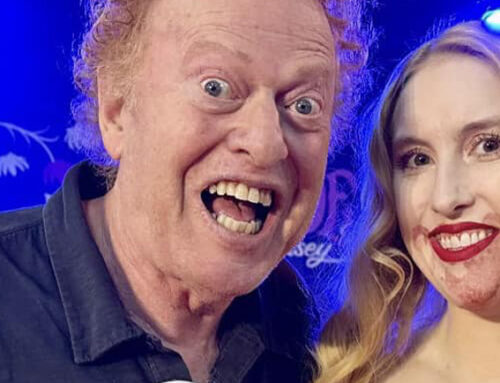We got a chance to speak with the sound team behind the powerful thriller Coming Home in the Dark, John McKay and Matthew Lambourn of POW Studios.
Coming Home in the Dark follows a family on a road trip whose members are abruptly taken by two ominous figures. The film initially premiered at Sundance earlier this year and was released widely on October 1st. It is available to watch now on Netflix.
John and Matthew talked to us about the importance of sound design in horror films and how they used strategically placed silence to keep viewers on their toes by not guiding their expectations.
Tell us a little bit more about your background! How did POW studios start and how did you each get into sound?
John: POW Studios started as a group of sound editors looking to take more control of their work and we all felt that working collectively would create more opportunities for us all. It has been so long since I started that maybe the story of how I got into sound is becoming an urban myth. I started on the picture side of editorial and back in the old days there wasn’t such a demarcation between picture and sound – you tended to do both disciplines. I found myself sound editing a horror film in 1984 and having been doing sound ever since.
Matthew: I trained in what’s now called ‘Sonic Arts’ – making music by sampling sounds from the world and manipulating them in the studio. Basically sound design without picture and that led me to the film business. Having been a sound designer for many years, always competing against my fellow contractors, I wondered if there was a better way to pool strengths and resources, and share our secrets with younger practitioners. John had the same idea, and we formed POW Studios.
How would you describe Coming Home in the Dark?
John: A day that goes horrifically wrong for a family of four and becomes their worst nightmare.
Matthew: Coming home for some isn’t as comforting and cozy as it is for others. Sometimes ‘home’ is the most terrifying place of all.

What are some of the sound elements that added to the horror of Coming Home in the Dark?
John: I think it was the juxtaposition of the banal and ordinary against the truly frightening and sickening that makes this soundscape work. You are never sure where the threat is going to come from, plus the antagonists demonstrate early on they will do the unspeakable. We didn’t use normal jump scare effects to try and keep the audience always off balance.
Matthew: Because of the sparse and sporadic score, the ambience and sound design has a lot of responsibility in guiding the audience through those emotional beats. The winds are a little too cold, the birds a little too lonely-sounding. Jason Canovas’ brilliant dialogue restoration made the performances shine with hardly any ADR.
Are there any key differences in working on horror/thriller films vs other films?
John: I tend not to think in genre but in story. “What does the story need” is the question I always ask myself. Serve the story and you can’t go wrong.
Matthew: Horror has the wonderful opportunity to present the characters’ states of mind sonically. The audience can hear and feel their terror. When we’re frightened our sense of hearing heightens and every tiny sound can become ominous. This gives tremendous manipulative power to the sound team, and the key is finding that balance between keeping the audience hooked and overdoing the horror. Director James Ashcroft managed to strike that balance with his sound direction.
What was your favorite part about working on Coming Home in the Dark?
John: I think it was making a soundscape sustain a tight hold on the audience and never letting them off the hook. A lot of reviewers and audience have commented on how tense and taut the film was and the sound played a great hand in doing that.
Matthew: I love hearing the developments of my fellow sound editors and designers. We would play our temps and works-in-progress to each other often, spurring on new ideas and understanding where each others’ work fit into the whole. I’m constantly surprised at how dark or spooky some of my teammates’ ideas are, it’s an exciting stage of the process.

What are some challenges you faced working on this project?
John: I think the biggest challenge is making sure you bring your very best and support the film. At POW Studios we are lucky to have a very collaborative team that work off each other and all bring wonderful offerings to the table.
Matthew: For me, it was acknowledging the subject matter. It’s undeniably traumatic, but at the same time, it is a story that needs to be told. New Zealand has its own awful history, as much as we try to bury it with rugby and hobbits. To truly poetry such unsettling content with sound, you have to really understand it and peer into the minds of the cruelest characters.
What are you guys working on next?
John: We’re currently finishing our third Chinese Animated film I Am What I Am and second film for Yi Animation of Guangzhou. Additionally, Matt and the team are completing the fourth season of a very popular series in New Zealand and the US, Wellington Paranormal.
Matthew: We have several animation projects coming up next year. And I imagine with the state of the world at the moment, there will be more than enough horror and thriller scripts to keep us busy.
Anything else you’d like to add?
John: We all had a great experience collaborating with director, James Ashcroft, on Coming Home in the Dark. You would have never known it was his first feature film.
Matthew: I can’t wait to see what James has coming up next. His talent as well as his collaborative approach to filmmaking make him a pleasure to work with.

